Digestive Health, Food Sensitivities, and the Role of the Nervous System
Ali Segersten Apr 07, 2025 4 comments
Every day, millions of people walk through life carrying symptoms they’ve come to normalize: bloating after meals, fatigue that never lifts, skin rashes, joint pain, brain fog, chronic sinus issues, or relentless anxiety. They reach for antacids, pain relievers, or other quick fixes—attempting to silence the body’s signals instead of pausing to ask what those symptoms are truly trying to reveal.
However, symptoms can be a sacred message.
We live in a culture that encourages us to numb discomfort instead of explore it. But these symptoms aren’t just nuisances to suppress. They are messages. Invitations. Every symptom is a doorway into reclaiming your health and your life.
They are not signs that your body is broken—they are signs that your body is speaking. That something within you is asking to be witnessed, nourished, and healed. Meet your symptoms as an ally to your growth and healing.
Food sensitivities are not merely about "cutting out the wrong foods." They are a sign that the inner terrain—the gut, the immune system, the nervous system—is asking for restoration. Emerging research confirms what many of us have long sensed: that digestive imbalance, leaky gut, enzyme deficiencies, and chronic stress all play a central role in the rise of food reactivity and inflammation.
But here’s the deeper truth: food sensitivities are often less about the food itself, and more about the state of the body receiving it.
Both acute and chronic stress disrupt the enteric nervous system (your second brain that resides in your gut) and impair key digestive functions—including gastric acid secretion—by altering vagal signaling and gut-brain communication.
And to heal, we must enter a state that allows digestion, absorption, and immune regulation to take place: the parasympathetic state, also known as “rest and digest.” This is where the vagus nerve, the great wandering nerve that connects your brain to every major digestive organ, becomes a bridge for healing.
When activated, the vagus nerve supports stomach acid secretion, digestive enzyme flow, bile production, peristalsis, and even regulates inflammation at the gut lining.
But when stress is chronic, when meals are rushed or distracted, when trauma lives unprocessed in the body, then vagal nerve function becomes impaired. And digestion becomes disrupted. Undigested food particles interact with immune cells. The immune system then misfires. The gut barrier weakens. And food, once nourishing, becomes a source of confusion and reactivity.
But this spiral is not irreversible. The body is wise—always seeking balance, always listening for cues of safety. And that safety begins with presence. In slowing down, in returning to the moment, we begin to shift the internal landscape. And in that softening…healing begins.
What if we brought reverence and presence back to the act of eating?
What if every meal became a sacred pause—a moment to breathe, to activate healing, to listen?
This is a call back to wholeness. To honor the immense intelligence of your body. To remember that healing is possible, and often, it begins not in the medicine cabinet, but at the table.
Leaky Gut and the Immune Response
The lining of your small intestine is only one cell thick—a delicate, intelligent barrier designed to absorb nutrients while keeping larger, potentially harmful substances out. These cells are held together by tight junctions, which open and close in response to physiological needs. But when this system is disrupted—by chronic inflammation, stress, infections, certain medications, or highly processed foods—these junctions loosen, allowing undigested food particles, bacteria, and toxins to pass through. This is what we refer to as intestinal permeability, or "leaky gut."
The protein zonulin plays a key role in regulating this permeability. Elevated zonulin levels have been linked to disrupted gut barrier function in individuals with autoimmune diseases, including celiac disease and type 1 diabetes. Once the gut barrier becomes compromised, larger food antigens that were never meant to enter the bloodstream can cross over and be flagged by the immune system as threats.
This immune response can lead to the production of IgG antibodies, inflammatory cytokines, and systemic inflammation. Over time, this creates a state of immune hyper-reactivity—not just to food, but potentially to self, contributing to autoimmunity.
A 2023 study published in Frontiers in Nutrition found that adults with higher levels of food-specific IgG antibodies—particularly to wheat, dairy, and eggs—also had significantly elevated biomarkers of intestinal permeability. These findings strengthen the connection between IgG-mediated food sensitivities and a compromised gut barrier. Pro-inflammatory cytokines released in response to food antigens can damage the intestinal lining, contributing to permeability. Conversely, a "leaky gut" allows larger food particles to cross the intestinal wall, priming the immune system to react. In this way, food sensitivities can both contribute to—and result from—impaired gut barrier integrity.
When this cycle of immune reactivity and gut permeability continues unchecked, it can lead to a wide range of downstream symptoms. These may include skin rashes, joint pain, bloating, chronic fatigue, brain fog, sinus congestion, mood swings, anxiety, or even depression. Because the gut plays such a central role in immune regulation, nutrient absorption, and neurotransmitter production, a compromised barrier can ripple out into nearly every system of the body—often in ways we don’t initially connect back to digestion.
But here’s where it becomes empowering: just as the gut lining can be damaged, it can also be repaired.
This is where the replacement phase begins to come alive—not just through what we remove, but through what we lovingly restore.
Supporting digestion at the earliest stages, before food even reaches the small intestine, is essential. This includes:
- Supplementing with digestive enzymes to assist in breaking down proteins, fats, and carbohydrates into their simplest, most absorbable forms.
- Consuming bitter greens, such as dandelion, arugula, kale, endive, or radicchio to naturally stimulate enzyme and bile flow.
- Reawakening the senses before and during meals. Take in the vibrant colors of your plate, breathing in the aromas, and chew slowly to fully taste your meal.
These seemingly simple acts are not incidental, they are foundational. They signal safety to your nervous system. They engage the vagus nerve, helping shift you into a parasympathetic state. They stimulate saliva, stomach acid, pancreatic enzymes, and bile. They begin digestion long before the first bite is swallowed.
Psychological stress has been shown to increase intestinal permeability. However, mindfulness practices, such as conscious eating, help calm the nervous system, supporting gut barrier repair.
The act of conscious eating becomes part of the medicine.
In this way, replacement is about more than just consuming a nourishing diet free of specific food groups. It’s about restoring your relationship with food as a source of nourishment, trust, and reconnection.
You are not just healing your gut lining. You are healing the way you receive life.
The Vagus Nerve and Parasympathetic Power
Imagine a golden thread that runs from your brainstem down through your lungs, heart, and every digestive organ—carrying messages of calm, safety, and restoration. This is the vagus nerve, and it is the chief communicator of the parasympathetic nervous system, often called the “rest and digest” branch of your autonomic nervous system.
When the vagus nerve is active and strong, it supports:
- The secretion of stomach acid, pancreatic enzymes, and bile, which are essential for proper breakdown and absorption of nutrients.
- Gut motility, ensuring smooth movement of food through your digestive tract, thus preventing bacterial overgrowth.
- The regulation of pro-inflammatory cytokines (inflammatory messengers).
But in times of stress—whether acute or chronic—the body shifts into sympathetic dominance: Fight, flight, or freeze. This suppresses digestive function, weakens enzyme output, tightens muscles around the digestive tract, and increases intestinal permeability.
In other words, the state of your nervous system determines the quality of your digestion.
A 2025 systematic review published in Gastroenterology Report found that non-invasive vagus nerve stimulation significantly improved symptoms across a range of gastrointestinal disorders. This highlights the vagus nerve's key role in gut-brain signaling and its central role in improving digestive functioning.
This is where the deeper meaning of replacement becomes vital once again. We are not just restoring nutrients, we are restoring the conditions that allow those nutrients to be received.
Healing begins when we shift from unconscious reaction to conscious presence. And in the realm of digestion, this means creating the internal state necessary for the body to do what it was always designed to do.
But most of us eat while stressed, distracted, multitasking, or emotionally overwhelmed. We’re not breathing. We’re not chewing. We’re not connected to what our body is feeling or needing.
And here is the gentle truth: You cannot transform what you cannot see.
Awareness is the first act of healing.
To support vagus nerve function and enter a parasympathetic state:
- Begin meals with slow, conscious breaths
- Sip on warm water or hot tea to increase vagal tone
- Feel, smell, taste, and chew your food with attention and reverence
- Light an unscented candle at dinnertime
These simple rituals invite the body into safety. They awaken the vagus nerve and the digestive tract. Over time, they help rewire your system out of survival mode and into a space where healing is possible.
Replacement isn’t only about adding enzymes or bitter greens—it’s about replacing busyness with stillness, and stress with presence.
With every breath and bite, you are retraining your gut-brain axis to remember what it feels like to trust. To digest. To receive nourishment, not just from food, but from life itself.
Rebuilding from Within: Your Next Steps
Healing your digestion—and your relationship with food—is not about perfection. It’s about presence. It’s about rebuilding from within, step by step, breath by breath, meal by meal.
Here’s where to begin:
1. Support Digestion with Replacement Tools
- Take a digestive enzyme with meals to support breakdown and absorption.
- Include bitter greens and vegetables (like arugula, dandelion, radishes, or radicchio) in salads, smoothies, or teas to naturally stimulate enzyme and bile flow.
- Take a digestive bitter tincture just before meals to encourage the entire digestive process.
- Drink warm fluids, like ginger tea, tulsi tea, warm ginger-lemon water, or turmeric broth, to relax the gut and encourage motility.
2. Activate Your Parasympathetic Nervous System
- Pause before you eat. Take 3 to 5 slow, diaphragmatic breaths (belly breathing).
- Put away distractions. Let meals be a moment of connection—with your food, your body, and the present moment.
- Engage your senses. Smell your food, feel its texture, notice its colors. This awakens your vagus nerve and prepares your body to digest.
3. Shift into Restoration Mode
- Eliminating foods your body is reacting to is the first step to calm down the immune system and allow the gut to heal.
- After you've removed certain foods, don’t stop there—rebuild and restore with intention.
- Focus on what you can add: nutrient density, flavor, warmth, color, ritual.
- Let food be more than fuel. Let it be a form of relationship and remembrance.
4. Reaffirm Your Why
You’re not just addressing symptoms—you’re responding to your body’s call for safety, for presence, for wholeness.
The bloat, the fog, and the fatigue…they are not failures. They are invitations.
To slow down. To listen. To reconnect.
When digestion is restored, so much more begins to heal. Your energy, mood, skin, sleep, and even the way you feel in your body. This isn’t just about food. This is about becoming the kind of person who receives nourishment with ease and joy.
References:
-
Bonaz, B., Bazin, T., & Pellissier, S. (2018). The Vagus Nerve at the Interface of the Microbiota–Gut–Brain Axis. Frontiers in Neuroscience, 12, 49. https://doi.org/10.3389/fnins.2018.00049
-
Fasano, A. (2012). Zonulin, regulation of tight junctions, and autoimmune diseases. Annals of the New York Academy of Sciences, 1258(1), 25–33. https://doi.org/10.1111/j.1749-6632.2012.06538.x
-
Leigh, S. J., Uhlig, F., Wilmes, L., Sanchez-Diaz, P., Gheorghe, C. E., Goodson, M. S., Kelley-Loughnane, N., Hyland, N. P., Cryan, J. F., & Clarke, G. (2023). The impact of acute and chronic stress on gastrointestinal physiology and function: a microbiota-gut-brain axis perspective. The Journal of physiology, 601(20), 4491–4538. https://doi.org/10.1113/JP281951
-
Vanuytsel, T., van Wanrooy, S., Vanheel, H., Vanormelingen, C., Verschueren, S., Houben, E., Rasoel, S. S., Tóth, J., Holvoet, L., Farré, R., Van Oudenhove, L., Boeckxstaens, G., Verbeke, K., & Tack, J. (2014). Psychological stress and corticotropin-releasing hormone increase intestinal permeability in humans by a mast cell-dependent mechanism. Gut, 63(8), 1293–1299. https://doi.org/10.1136/gutjnl-2013-305690
-
Veldman, F., Hawinkels, K., & Keszthelyi, D. (2025). Efficacy of vagus nerve stimulation in gastrointestinal disorders: a systematic review. Gastroenterology report, 13, goaf009. https://doi.org/10.1093/gastro/goaf009
-
Vita, A. A., Zwickey, H., & Bradley, R. (2022). Associations between food-specific IgG antibodies and intestinal permeability biomarkers. Frontiers in nutrition, 9, 962093. https://doi.org/10.3389/fnut.2022.962093

About the Author
Alissa Segersten, MS, CN
Alissa Segersten, MS, CN, is the founder of Nourishing Meals®, an online meal-planning membership with over 1,800 nourishing recipes and tools to support dietary change and better health. As a functional nutritionist, professional recipe developer, and author of The Whole Life Nutrition Cookbook, Nourishing Meals, and co-author of The Elimination Diet, she helps people overcome health challenges through food. A mother of five, Alissa understands the importance of creating nutrient-dense meals for the whole family. Rooted in science and deep nourishment, her work makes healthy eating accessible, empowering thousands to transform their well-being through food.Nourishing Meals Newsletter
Email updates.
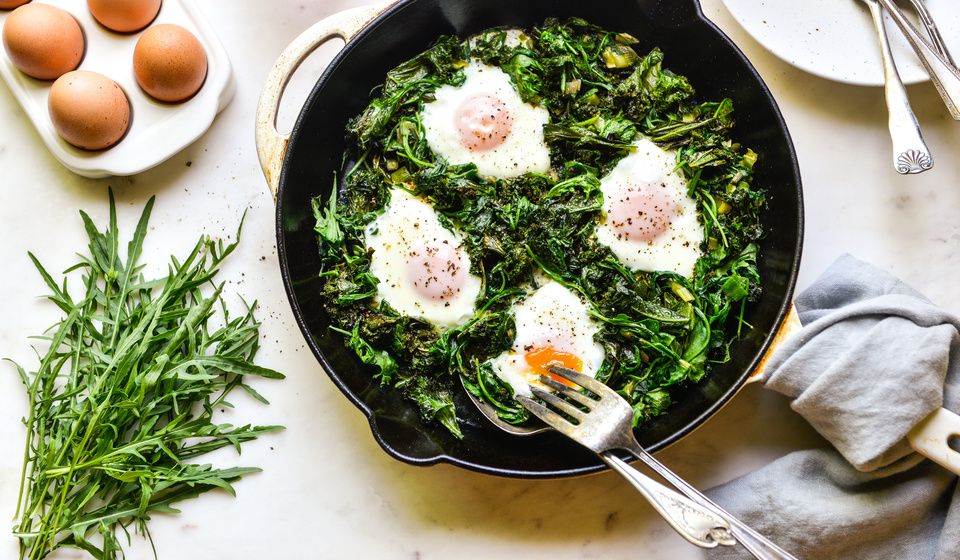
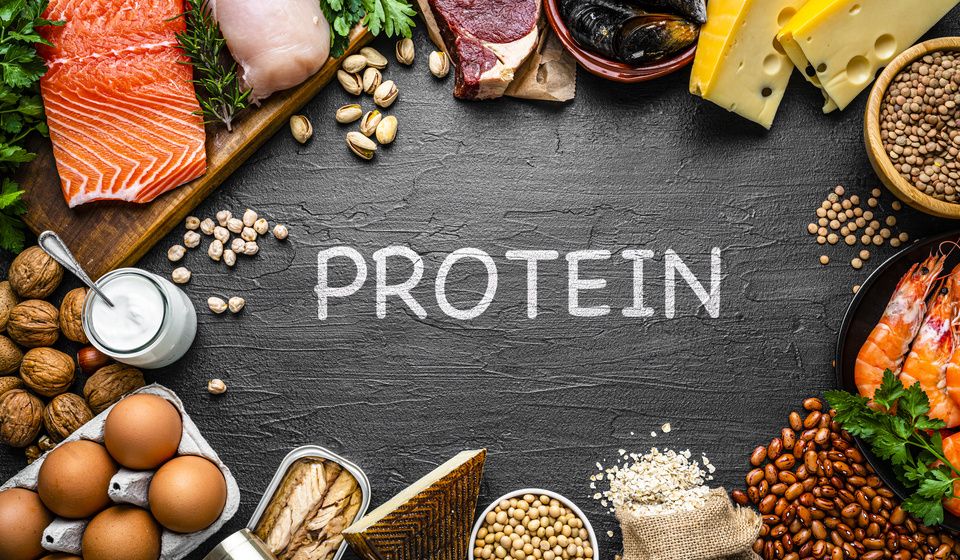
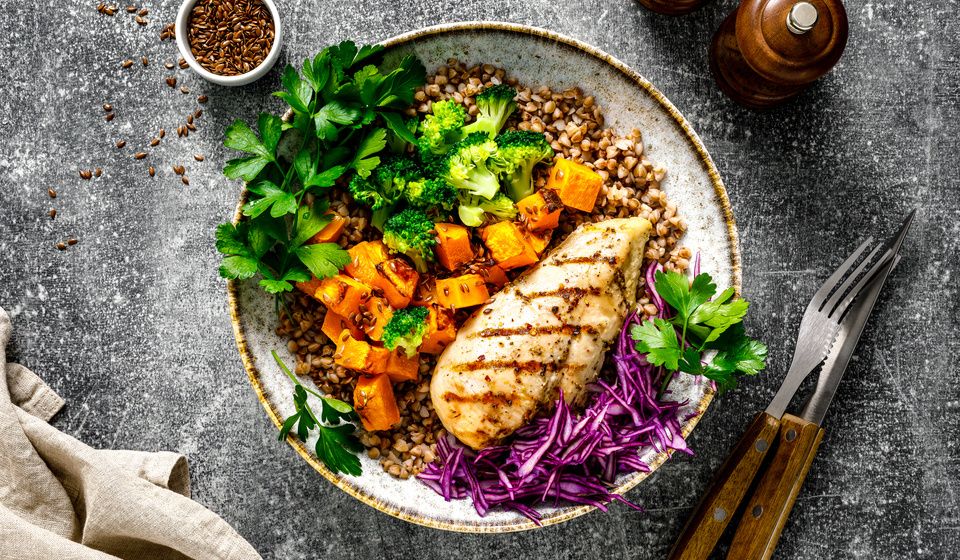

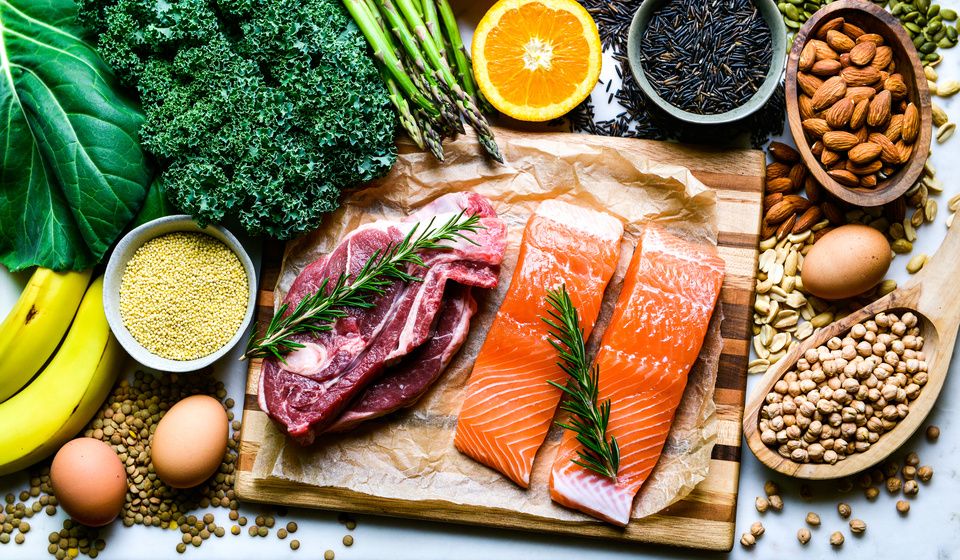
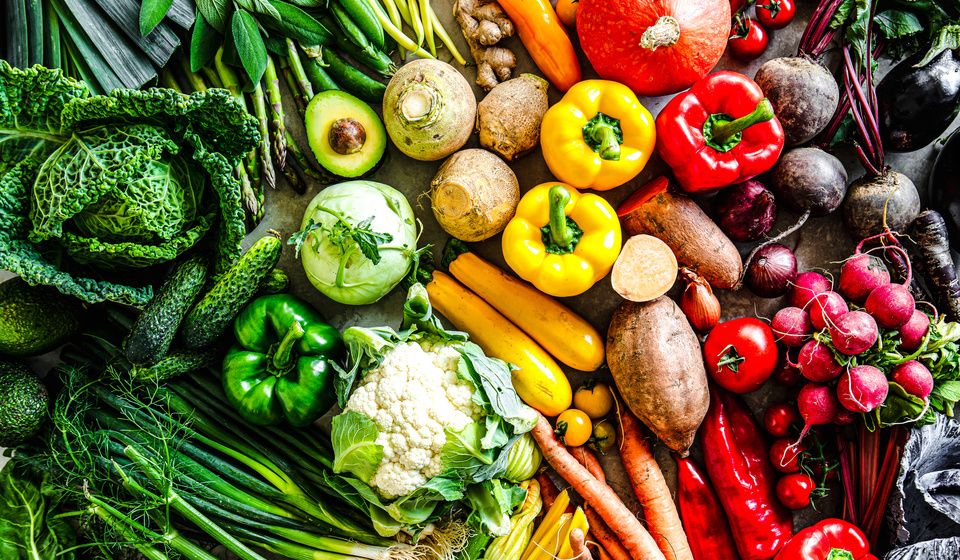
Add Comment
Comments
That is a fabulous article…
That is a fabulous article Ali, thank you very much.
Hi Julie,
Thank you for the…
Hi Julie,
Thank you for the feedback. I am so glad it resonated.
Ali ✨
Fantastic article I want to…
Fantastic article I want to share it with people I think would benefit from it.
Hi Joan,
Thanks so much. I…
Hi Joan,
Thanks so much. I am glad you enjoyed it.
Ali ✨